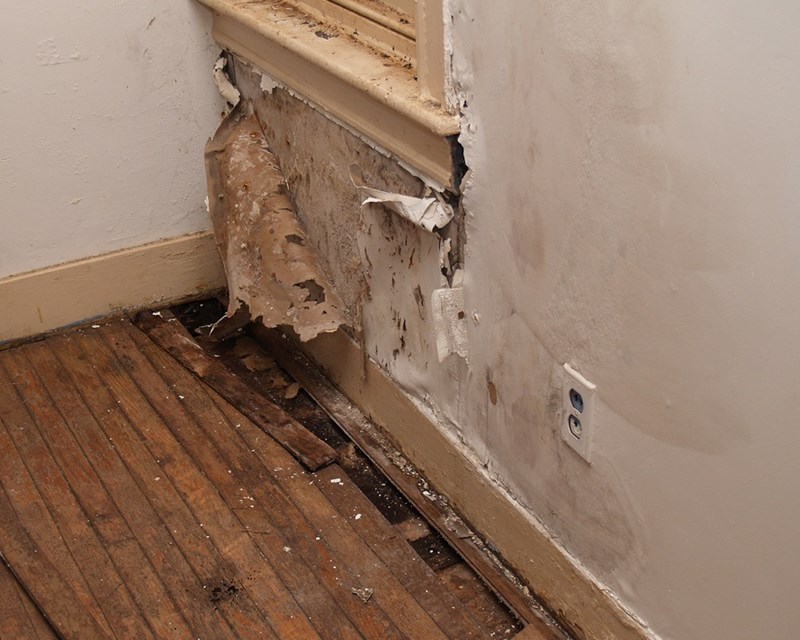How to Help Prevent Water Damage in Your Bathroom
How to Help Prevent Water Damage in Your Bathroom
Blog Article
Almost everyone maintains their private way of thinking in relation to Common Causes of Water Damage in a Bathroom.

The bathroom is very vulnerable for damp buildup and possible water damages due to the regular use water in it. This write-up provides basic examination techniques to help discovering water damages threats.
The frequent use of water in the restroom makes it very prone for wet buildup and prospective water damages. By evaluating it frequently, you can minimize water relevant problems.
The following set of evaluations is very easy to perform and must be done as soon as in every three months in order to keep your shower room healthy and to prevent prospective water problems brought on by the bath tub, the shower, pipeline joints and plumbing, sinks, cupboards, as well as the commode
Do not forget performing these evaluations as well as be extensive while doing them. Remember that these basic examinations can conserve you a lot of money by providing early indicators for water damage
Sinks as well as Cabinets
Sinks as well as closets are subjected to dampness and also humidity daily and also are often forgotten. Check on a regular basis under the sink as well as on the counter top above it. Repair any drip in the catch as it may suggest drain troubles. Check out the sink, sluggish draining pipes may indicate an obstructed drainpipe. Replace sink seals if they are broken or loose.
Bath tub as well as Shower
The shower as well as bathtub call for unique interest as well as maintenance. Examine the floor tiles as well as replace if cracked. See to it that there is no missing grout in between the ceramic tiles. Examine and change split caulking at joints where the walls meet the flooring or the tub. Clogged drains and also pipes problems will certainly avoid the bathtub from drying out as well as may show severe problems below the bathtub. Talk to an expert instantly to prevent architectural damages. Pay attention to discolorations or soft locations around the tub walls as they might suggest an internal leak.
Plumbing
Signs for water damages are hard to detect given that many pipes are mounted inside the walls.
Pay unique interest to flooring and also wall surfaces moisture and discolorations as they may indicate an unseen plumbing issue. Check wetness levels in adjacent spaces too.
The Bathroom
The toilet is an at risk water joint. Inspect the water lines and look for leaks around the commode seat, in the hose pipe, and also under the water storage tank. If you spot any type of signs of wetness on the floor around the commode, check for leakages in the toilet rim and also storage tank seals.
Realize that hanging bathroom bowl deodorants raises the possibilities for obstructions.
10 TIPS TO PREVENT WATER DAMAGE IN THE BATHROOM
The average household uses approximately 80-100 gallons of water per person per day. For a family of 4, that's almost 2,500 gallons of water a week! The largest portion of this consumption comes from bathroom use. Flushing the toilet uses the most water, followed by taking a shower or bath. With that much water running through the home, water damage in the bathroom is bound to happen. Knowing how to spot signs of a water leak is essential to preventing long-term damage. This guide provides you with tips to reduce the impact of water damage on your bathroom.
CAUSES OF BATHROOM WATER DAMAGE
Pipe breaks are the most common cause of water damage we see in our daily jobs. The age of a pipe plays a large role in a pipe break as well as corrosion. Over time, the metal begins to break down, allowing water to escape. Frozen pipe breaks are also a concern in the winter months. Toilet overflows caused by paper products or children flushing inappropriate items. Degraded caulking around the toilet or bathtub can allow water seepage, sometimes behind the fixture, into the subfloor or walls. Condensation forms when the water in a pipe is cooler than the air temperature. Beads of water form on the exterior of the pipes, sometimes so much so that the water begins to drip and pool below. Sink or shower backups created by poor drainage. HOW TO PREVENT WATER DAMAGE IN YOUR BATHROOM
Inspect your toilet supply line for worn or frayed hoses and replace them as needed. Winterize your plumbing to prevent a frozen pipe break. Use vent fans to prevent condensation that can lead to mold growth. Routinely check and replace degraded caulking around your toilet or bathtub. Increase the temperature in your toilet tank and insulate your pipes during the warm summer months to keep condensation from forming. Use child safety locks on the toilets. Flush only toilet paper. "Flushable" wet wipes are actually not good for your plumbing system. Additionally, feminine hygiene products should not be flushed. Prevent water from escaping the tub or shower. Make sure shower curtains are in good condition. Inspect shower doors and replace the seal strip if necessary. Wipe up any water that accumulates on the floor and use bath mats. Water left to sit can cause damage to the tiles and flooring. Refrain from using bath products containing heavy oils to avoid a clogged drain.

We are very fascinated with Looking for Signs of Water Damage in the Bathroom and I really hope you enjoyed the entire blog posting. Are you aware of anybody else who is excited about the topic? Why not share it. Thank you so much for taking the time to read it.
Check It Out Report this page